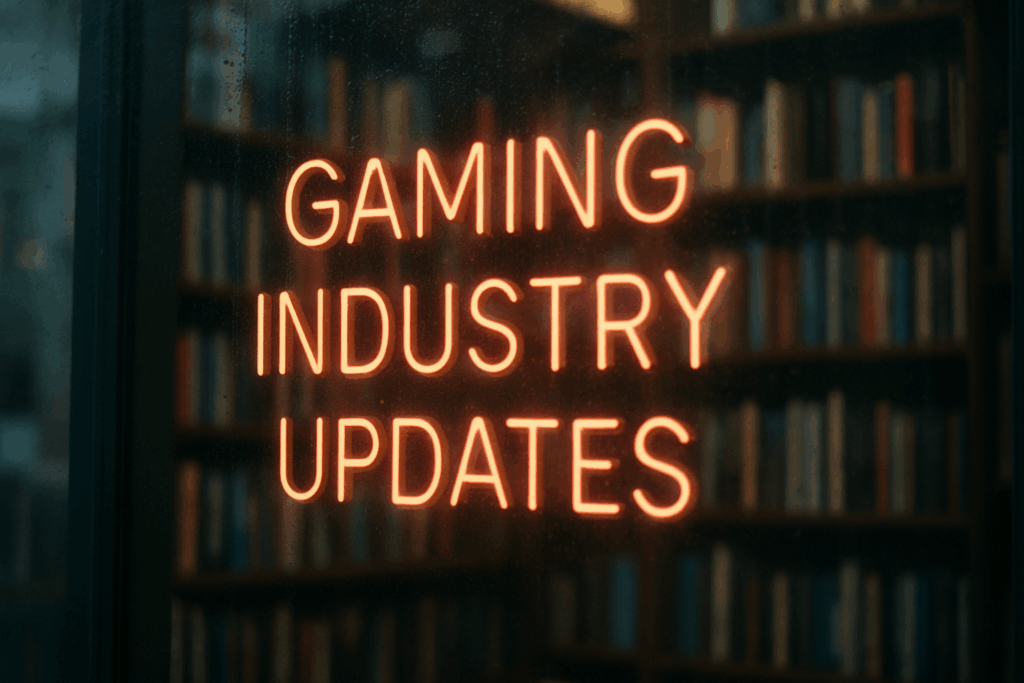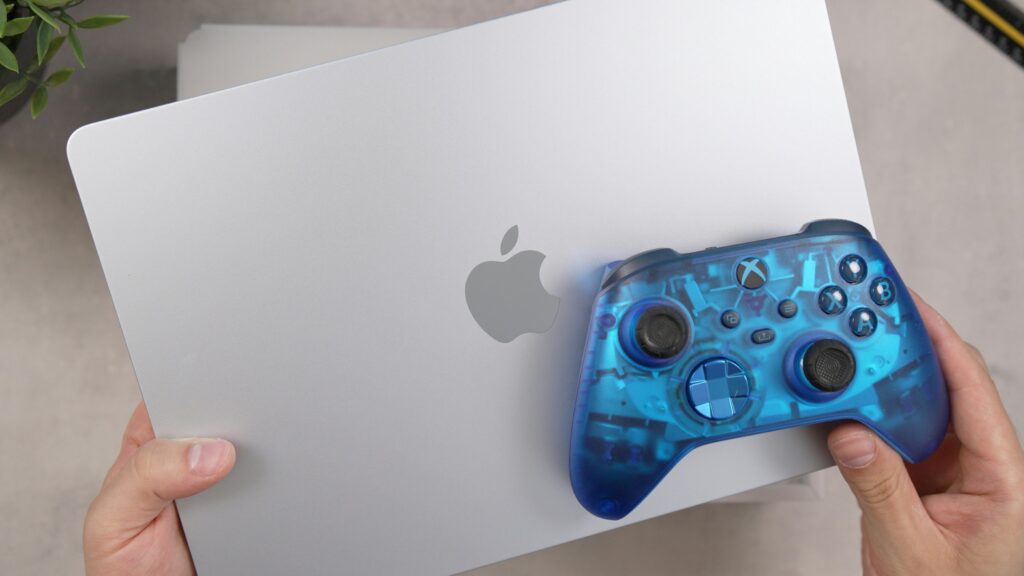The Year in Review: Game Releases That Shaped the Charts
2024 was packed with heavy-hitting releases, surprise hits, and some frustrating delays. Here’s a breakdown of what dominated the gaming scene and why it mattered.
Chart-Topping Titles and Their Winning Formula
Some titles managed to consistently rank at the top throughout the year—not just because of their hype, but due to strong execution and community staying power. These games found the right balance between polish and innovation.
- Eclipse Protocol: A sci-fi shooter with cinematic ambition and rich gameplay, praised for its deep narrative and multiplayer design.
- MythStone Chronicles: This open-world RPG impressed with its seamless co-op mechanics and player-driven quest systems.
- Final Impact: Reforged: A successful remake of a classic that didn’t just rely on nostalgia but modernized combat, visual style, and pacing.
Breakout Hits No One Saw Coming
Sometimes, it’s the games flying under the radar that end up stealing the spotlight. Indie titles and unexpected formats found their footing in 2024.
- Grubtown Tactics: A quirky pixel-art strategy game that went viral for its odd humor and surprising depth.
- Signal Drift: A minimalistic racing game turned surprise esport favorite with strong community tools and addictive mechanics.
- Hollow Hearth: Built by a tiny studio, this horror-puzzle game captured strong word-of-mouth traction thanks to clever marketing and streamer support.
Delays and Development Shuffles
2024 also saw several major titles pushed back, either due to internal studio restructuring or post-launch patch demands for earlier entries.
- Starforge Uprising: Initially slated for spring, now delayed to late 2025 due to redesigns and community feedback.
- ChronoAge Zero: Announced with high expectations but reshuffled internally following leadership changes at the studio.
- Neon Warden: Pushed to Q4 after alpha testing revealed major balancing issues, but the transparency in development kept fans supportive.
While delays disappointed some, they also signaled a positive shift toward prioritizing quality over strict timelines. The gaming audience continues to show preference for polished experiences—even if that means waiting a bit longer.
Introduction
Vlogging isn’t dead. In fact, it’s evolved with every platform pivot thrown at it. From TikTok reshaping attention spans to YouTube tweaking discoverability, creators have managed to stay relevant by staying flexible. While social media has become crowded and fast-moving, vlogging has held its ground by adapting its form, voice, and frequency to meet changing viewer habits.
Now, 2024 is bringing another layer of change. Algorithms are tightening. Audiences are craving substance. And new tools, especially AI, are shifting how fast and how well creators can produce. For vloggers, this means rethinking what content works, when to publish, and who they’re really speaking to. It’s no longer just about creativity. It’s about strategy. This matters not just to full-time creators but to anyone paying attention to where digital culture is headed. because where vlogging goes, so does the rest of the creator economy.
AI Is Speeding Up Workflow Without Replacing Humans
Studios and creators alike are leaning harder into AI tools, not to cut corners, but to cut time. Script drafting, B-roll tagging, auto-captioning, thumbnail suggestions — tasks that used to eat up hours now take minutes. For vloggers juggling tight production schedules, AI doesn’t just help. It levels the playing field.
Take creators like Jenna Holt, who now uses generative tools to outline scripts while she’s on the move. Or the editing crew behind the daily travel series “Road Mode,” who rely on AI-assisted rough cuts for same-day posting. These aren’t automatic uploads — they’re quality-driven videos made faster with the help of machine learning.
Still, not everyone’s thrilled. There’s real concern about originality getting lost in translation. And labor debates are heating up among freelance editors and creative teams who feel automated tools come at a cost.
It’s a balancing act: tap into AI’s speed without losing flavor or the human touch. Creators are learning that voice still matters. You can’t automate connection.
For more on how the bigger picture is unfolding in production, see How Game Studios Are Adapting to AI in Game Development.
Key Acquisitions, Leadership Shifts, and What They Reveal About the Gaming Economy
The gaming industry keeps consolidating. In early 2024, three major acquisitions reshaped the space. Tencent quietly scooped up two mid-tier studios known for indie hits, signaling continued investment in global content control. Microsoft’s attempted acquisition of a major esports platform fell through amid antitrust pushback, but the intent was clear—big players want to own every layer of the funnel.
On the flip side, some studios are shutting their doors. A few beloved but cash-strapped devs, especially those focused on single-player experiences, couldn’t keep pace with rising production costs and algorithm-driven discoverability. It’s starting to look like survival depends less on creativity alone and more on operational scale.
Leadership turnover is another red flag. In the last year, senior execs from EA, Ubisoft, and Take-Two left or were replaced. Many of these changes followed disappointing launches or shareholder shakeups. The message is pretty blunt: deliver results, reduce risk, or step aside.
What does all this mean for the gaming economy? It’s tightening. Risk tolerance is lower, and the winners will likely be those who either go big with franchise ecosystems or lean hard into niche, loyal fan bases. Middle-of-the-pack devs may find it harder to survive without backing or a breakout hit. The industry is maturing, but it’s also hardening.
Tournament Results, Rule Shifts, and the Esports Viewership Curve
Esports had a wild start to 2024. Unexpected wins in international tournaments flipped power rankings on their heads. In Valorant, underdog teams from Southeast Asia beat out title favorites, breaking regional assumptions. Meanwhile, League of Legends saw a surprise shake-up with the LEC mid-season champion not even making Worlds. These results didn’t just change the standings—they redefined expectations for the rest of the year.
But it’s not just match outcomes making waves. Regulatory bodies across Asia and Europe introduced updated policies to manage player eligibility, match integrity, and prize distribution. The goal is clear: formalize an industry that’s long played in the legal gray. The result? Tighter rules, but also more stability for players and orgs alike.
As for audience numbers, we’re seeing a plateau—not a dip. Viewership is still strong, but the days of exponential growth might be over. Established fans are loyal, but attracting new eyes will require innovation. Stream interactivity, better storyline coverage, and cross-platform content may be key to keeping esports from stagnating. It’s no longer just about who wins. It’s about how the game is presented, and who tunes in to watch.
Loot Box Legislation Making Waves Again
Loot boxes are back on lawmakers’ radars. From Europe to Southeast Asia, governments are cracking down—or at least trying to—on how games monetize chance-based rewards. Belgium and the Netherlands have already banned them outright in most forms, while the UK recently stopped short of regulation in favor of industry self-policing. Meanwhile, countries like Australia and South Korea are tightening requirements around disclosure, odds, and age restrictions.
The patchwork of rules is a headache for global studios. Many have started releasing region-specific builds to comply or avoid confrontation. Others are quietly phasing out loot box systems in favor of battle passes, direct purchase skins, or other monetization models that give players clearer value for money.
Community reaction is split. Some players welcome change, frustrated with pay-to-win mechanics and hidden odds. Others push back when favorite content gets nerfed or paywalls shift. Studios now walk a fine line—trying to stay profitable while keeping regulators and vocal fans at bay.
The Hardware Behind the Hype
Vloggers know that gear isn’t everything, but it still matters. 2024 has already seen a handful of hardware drops worth noting. The new gen of headsets like the InstaPro XR and the ViziLoop 2 deliver sharper 360 capture and better integration with editing suites. For handheld vlogging, the StreamDeck MiniCam made waves, packing 4K capability into something smaller than a soda can.
On the controller front, creators focusing on gaming or reaction content were drawn to the FlexCore DualSense mod, which offers smoother latency and swappable grip settings. It’s a niche upgrade, sure, but one that’s winning over hybrid streamers who toggle between gameplay and live commentary.
Performance benchmarks this year underscored one clear trend: faster doesn’t just mean better, it means sustainable. Devices that kept cool under long sessions—like the FireSnap Touch or the new ClipGrip AudioBar—stood out hard. Meanwhile, some expected upgrades flopped. One major brand launched a flagship handheld that somehow missed the memo on decent stabilization. Another promised AI-enhanced color grading in-camera, but the results looked like a filter from 2015.
Bottom line: smart creators stay plugged into gear drops, but don’t blindly chase specs. The best tools fit the workflow. Everything else is just extra weight.
The latest headlines show that the creator economy isn’t slowing down — it’s tightening up. Platforms are demanding more polish, more relevance, and faster turnaround. The rise in micro-niche channels, policy shifts at YouTube, and creator-led brands getting serious funding point to one thing: it’s no longer just about going viral, it’s about going deep and sticking around.
Next month, watch these closely: changes to Shorts monetization, new AI video generation tools from TikTok, and a slow push toward live, interactive formats across platforms. Also worth tracking are audience reactions to mid-length content rebounding — videos in the five-to-eight-minute range are quietly making a comeback.
So, is there momentum? Yes — but it’s shifting. Fast growth is still out there, but sustainable growth takes centerstage. The smart money is on creators who lock in workflows, connect with a specific audience, and stay nimble. It’s not just about adapting to change anymore. It’s about building with it.





